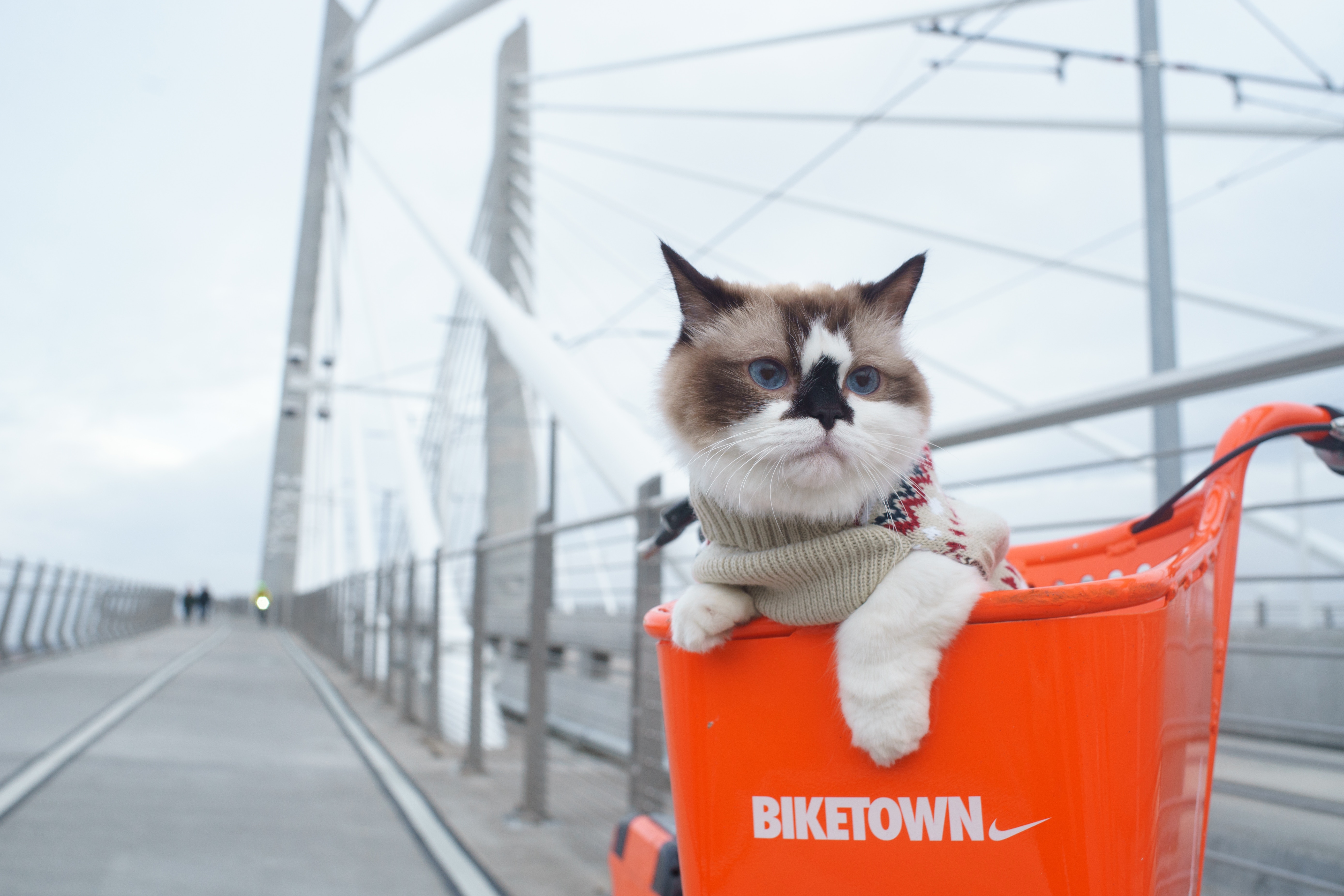Human trends are pet trends

As pets are increasingly humanised, pet trends are mimicking the human ones.
Tracking the trends
In many countries, pets are considered as being full family members. Trends affecting the family also affect our pets. What are important trends in design and innovation for both pets and their human owners?
Tech
The tech trend is probably the most important and impacting one. There is little around us that is not affected by technological advancements.
Take the trend in smart homes: smart pet devices in such homes are a must. Already, there is a wide range of products to meet this demand, with everything from cameras to check in on our pets when we are at work, to remote controlled feeders, dog pedometers and much more.
But tech also latches on to another major trend: health. The Toletta, for instance, is a litter box that checks your cat’s health by analysing its urine. And your (and your dog’s) love life is also being dictated by tech. DIG is a dog dating app that matches dog lovers.
Health
Another major trend is the health trend. It preaches total well-being as the ultimate goal. Our pets are on board this fast train to health fulfilment. From meals customised to personal pet health needs, to alternative therapeutic hemp products, and from doga (dog yoga) to pet-icures. Organic pet food – not so long ago the pet trend – no longer suffices. Now meals need to be fresh, pure and easy to prepare. Preferably produced by a bespoke, local company that delivers at our door. And as for vet care: there is a growing demand for on-demand, at home care.
JOMO
JOMO (the joy of missing out) is an offspring of the health movement and the counterpart of FOMO (the fear of missing out). JOMO says we should take time off and relax. In fact, looking after ourselves is no longer considered egoistic but a must. In this busy day and age, me-time is essential, as is time spent on social contacts. This trend means we want to spend as little time as possible on other things, of which shopping is one. Ordering a product should take as little time as possible and purchases must be delivered fast, to our doorstep.
Online shopping fun?
Besides ease-of-purchase, pet owners are also looking for top-notch service, such as same-day-delivery. On the other hand, pet shops still have a trump card in hand there where pet owners are looking for know-how and social interaction. Pet shops who can offer their customers true added value through personal and personalised contact are still preferred by many pet owners.
A new trend is that of subscription boxes for pets. For instance, the KitNipBox is a monthly cat subscription box that brings cat owners quality toys, natural treats and other healthy fun products. And for those pet owners who need to travel with their pets, there now is the pet-friendly version of Uber: Spot On Pet.
Traceability
Nowadays, it no longer suffices to have a good product. Consumers are increasingly keen on knowing everything about the product, and the ingredients and materials used. Transparency and traceability are key. Is the product made in a sustainable manner using sustainable materials? And what about recyclability? Is it biodegradable?
An example of a product that utilises sustainable materials is Ruffwear’s Restcycle Bed. It has a sleeping surface made from recycled materials and
is designed to retain its shape. It is also impervious to liquids and odours.
Less is more
With more pet products on the market than ever before, there is a real danger of pet owners becoming lost in the jungle of product offerings. Growing awareness amongst pet owners that this manufacturing overload is seriously impacting our environment, is signalling a new trend: that of minimalisation. This trend is also driven by the smaller living spaces in crowded urban areas. Manufacturers who can provide suitable solutions for this new trend where less is more, have much to gain.
